If you sit very quietly, you can probably hear the sound of Overwatch players having a complete meltdown about an upcoming change to the game. The cause? Yesterday’s Overwatch 2 developer livestream revealed that teams will consist of only five players in the future, taking a tank slot out of the game and upending the PvP system as we know it.
While this is a massive change that will have major effects on the competitive and professional aspects of Overwatch, many players saw it as a sign of doom and dread on the horizon.
Even though there are understandable concerns, if we look beyond the initial shock and horror of deleting a PvP slot from the game, Overwatch players might be able to see that the game will survive, and even thrive, due to this change.
Change is healthy
When game director Aaron Keller announced that Overwatch 2 would be dropping a tank hero slot and moving to a five-vs-five setup, many players immediately jumped to the worst possible outcome. Thinking only of the current iteration of Overwatch, they imagined a world where one singular Roadhog player would be responsible for protecting an entire team. That is, admittedly, a pretty bleak future.
What some players apparently missed, though, was the entire rest of the stream where the developer team showed fans how the game would be rebalanced around this new five-vs-five system. Geoff Goodman, lead hero designer, outlined changes like role-specific passives and complete reworks of heroes that would shift how the game is played.
The core issue is that players are seeing Overwatch 2 as an extension of Overwatch itself, like a paid DLC or radical, ill-tested patch. The reality is that Overwatch 2 is closer to a new game, built around a different core system. A one-tank setup in base Overwatch would be an absolute disaster. But if a game is built entirely around the single-tank theory, balance is much more likely.
During the stream, the developers showed five entire maps’ worth of gameplay that demonstrated how Overwatch 2 would evolve thanks to the five-vs-five setup and ensuing balance changes. The game’s biggest strengths were not in how it resembled base Overwatch, but in all the ways it didn’t.
To be brutally honest, Overwatch has teetered on becoming a pseudo-MOBA, in the likeness of strategy-heavy Dota 2, for years. Even the game’s most talented professionals spend more time shooting at shields than enemies in this supposed first-person shooter. With a myriad of choke points on even the best maps, Overwatch gameplay sometimes stalls out into a staring match.
The Overwatch 2 gameplay we saw yesterday couldn’t have been further from the slow, shield-filled hellscape most of us have experienced at one time or another. Players were mobile, taking advantage of high ground on maps like Rome and Rio de Janeiro. Even as a solo tank, Reinhardt and Zarya players were diving into the action with no fear thanks to their updated brawl abilities.
This gameplay felt dynamic, electric, and a little bit chaotic. People forget that the earliest iterations of Overwatch relied on compositions with no hero limits and unpredictable maps, forcing players to experiment and fail to grow. With massive hero changes, Overwatch 2 is feeling a lot more like the initial chaos that made us love the game in the first place.
Lower entry barrier for new players
As much as social media obsesses and focuses on professional, top-level players in Overwatch, most of the game’s audience is casual. On top of that, a game’s livelihood depends on how easily it can bring in new players and sustain their attention. Reducing the number of heroes on the field is one less obstacle those potential new players have to worry about.
“If you think about it, there is a lot going on in an Overwatch map. It is incredibly fast paced,” Keller said during the livestream. “Sometimes it’s just hard to track what 11 other players are doing on the battlefield. Removing two of those simplifies everything.”
Many updates shown during the livestream, like clearer user interfaces and more visual aids for support players, will help new or casual players get into the game and actually understand what’s going on. These minor changes make the game infinitely more accessible to those who want to join the fray.
While much of the community holds those who play at the highest level on a pedestal, the longevity of Overwatch lies solely on the game’s ability to be accessible to as many people as possible. Top-level players are adaptable and experienced. They can handle whatever changes are thrown at them.
Overwatch League tanks won’t be unemployed
The loudest, most resounding criticism of the five-vs-five PvP change was the fact that some Overwatch League tank players would be out of a job. While those players and upcoming talents in Overwatch Contenders have an extremely valid right to be concerned about job security, the situation is not as bleak as the community paints it out to be.
There are eight tank heroes in Overwatch right now, almost evenly split between hearty main tanks and more supportive off-tanks. Tank players in the professional scene specialize in one of these roles and build their careers on specializing in that role.
As the news of one fewer tank slot broke, community members again jumped to the worst possible conclusion: With only one tank on each team, half of the Overwatch League’s tank players would be immediately unemployed. And then the pitchforks came out.
While tank positions may be more competitive after Overwatch 2 drops, people need to drop the torches and realize that multiple rostered tank players will still be necessary on Overwatch League teams in the future.
With eight tank heroes available to play, and more likely to be added in Overwatch 2, no singular tank player could be responsible for all of those options. Even the most talented flex DPS players, responsible for mastering most of the game’s extensive damage heroes, tend to not focus on more than five heroes.
Many Overwatch League teams, like the Atlanta Reign and London Spitfire, only employ two tank players as it is. Even if the hero list was divided in half, two tank players would still be necessary to stay competitive in various metas. While playing time for tank players will absolutely be reduced, the need for those players on rosters is not going away.
Beyond that, players who are worried about their competitive edge are getting notice now of impending changes. At the very earliest, Overwatch 2 could see a spring 2022 release date. With over a year of warning, players can begin to diversify and prepare for a more competitive future.
This isn’t our first rodeo
As Keller said in the first portion of the PvP livestream, Overwatch has gone through many changes. Players forget about the unhinged chaos that this game launched with. As it grew, Overwatch needed to enact changes to stay fun and competitive.
It wasn’t too long ago that people claimed role queue, or the “2-2-2” style we play today, would ruin Overwatch as we knew it. Creativity would be stifled, they said, and Overwatch League teams would suffer in stagnant metas. In reality, the 2021 May Melee tournament cycle was one of the most dynamic the league has ever seen and nearly the entire roster of heroes was played at one time or another.
Role queue was a necessary change, the same way that hero limits were incredibly necessary before it. Imagine Overwatch right now with zero changes from launch. Do you want to queue into five Winstons and a Mercy with mass resurrect? We don’t.
Change is always contentious in the Overwatch community and the switch to five-vs-five will be no different. When we look back with perfect hindsight, however, many of the changes that caused the most dissent were often the ones the game needed to survive. With that in mind, Overwatch 2 developers aren’t afraid to do what’s necessary for long-term success.
Make sure to follow us on YouTube for more esports news and analysis.



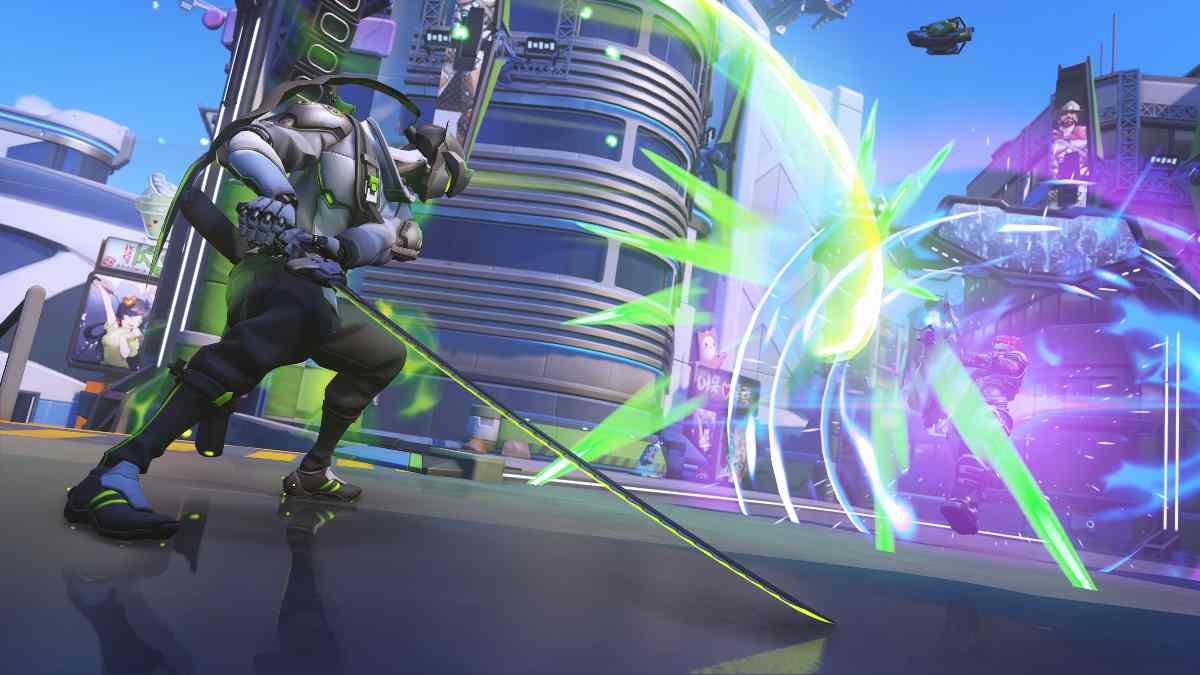
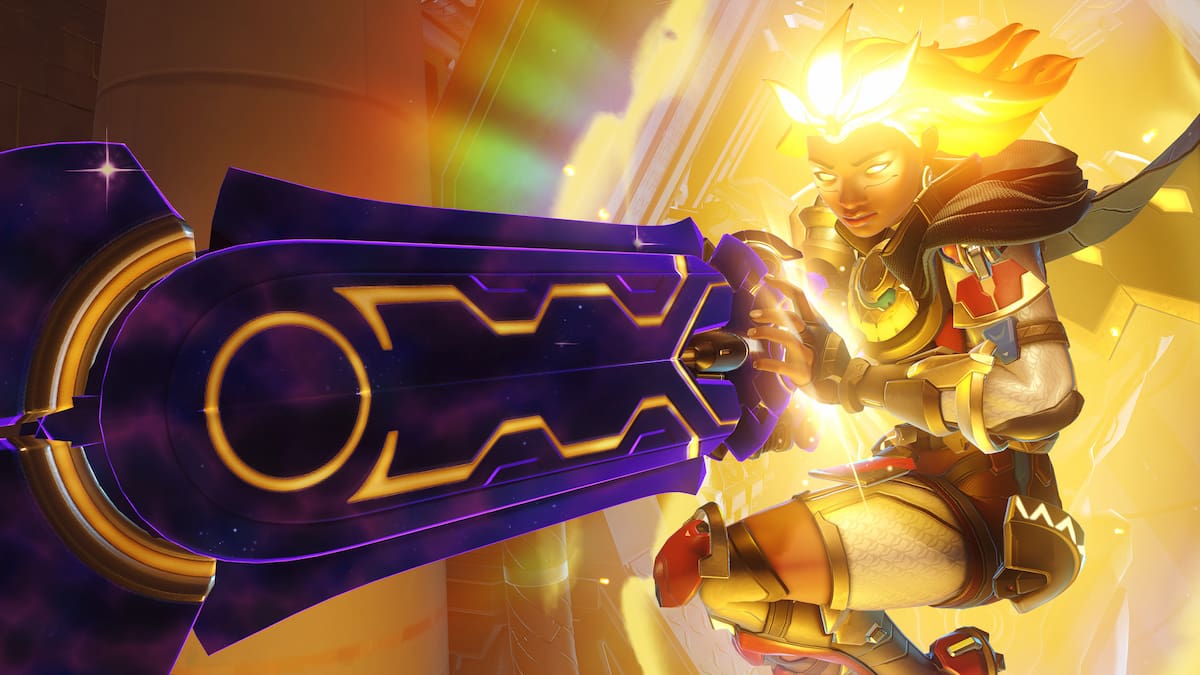
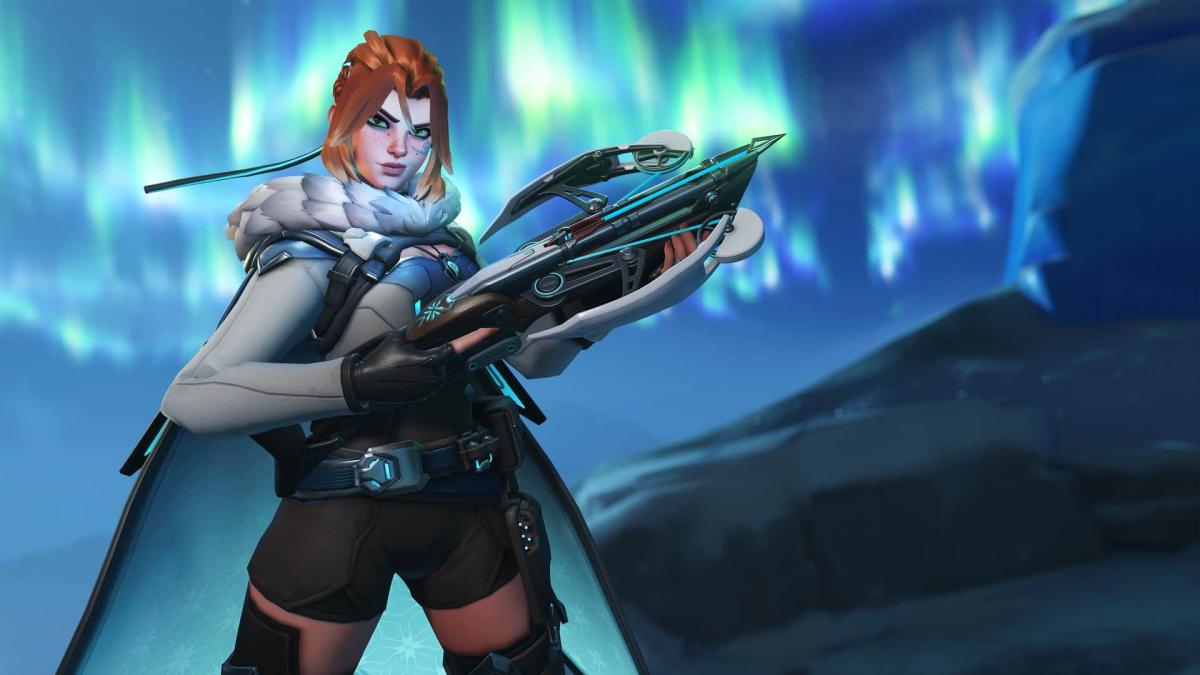


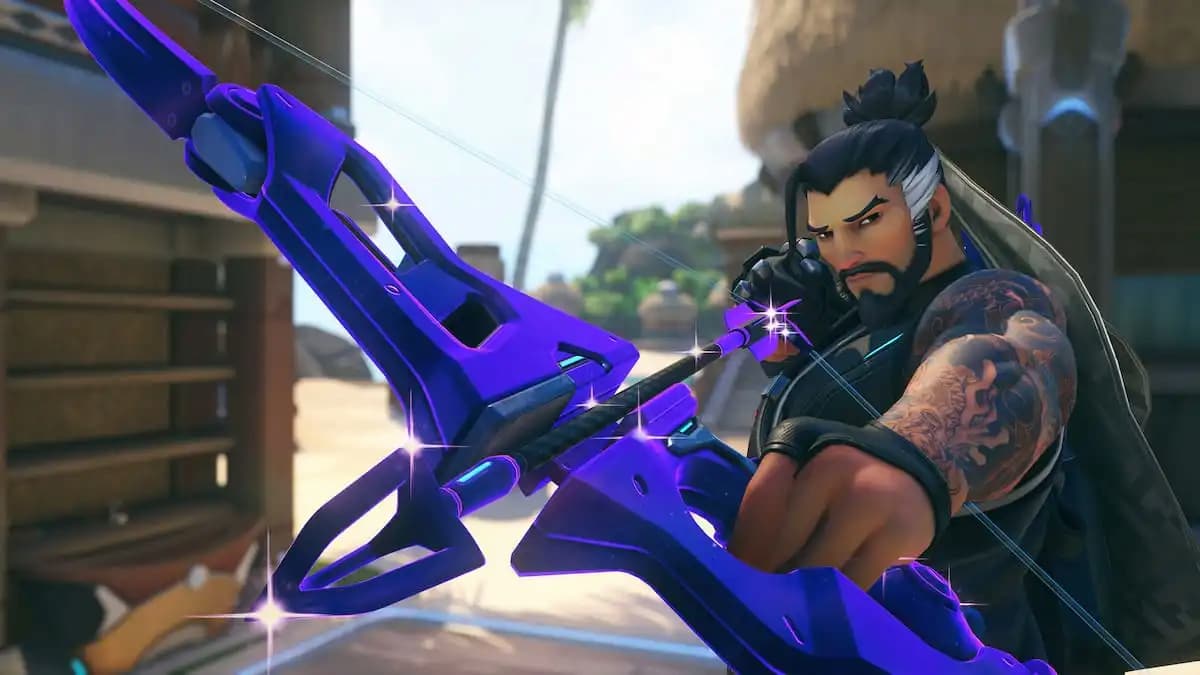

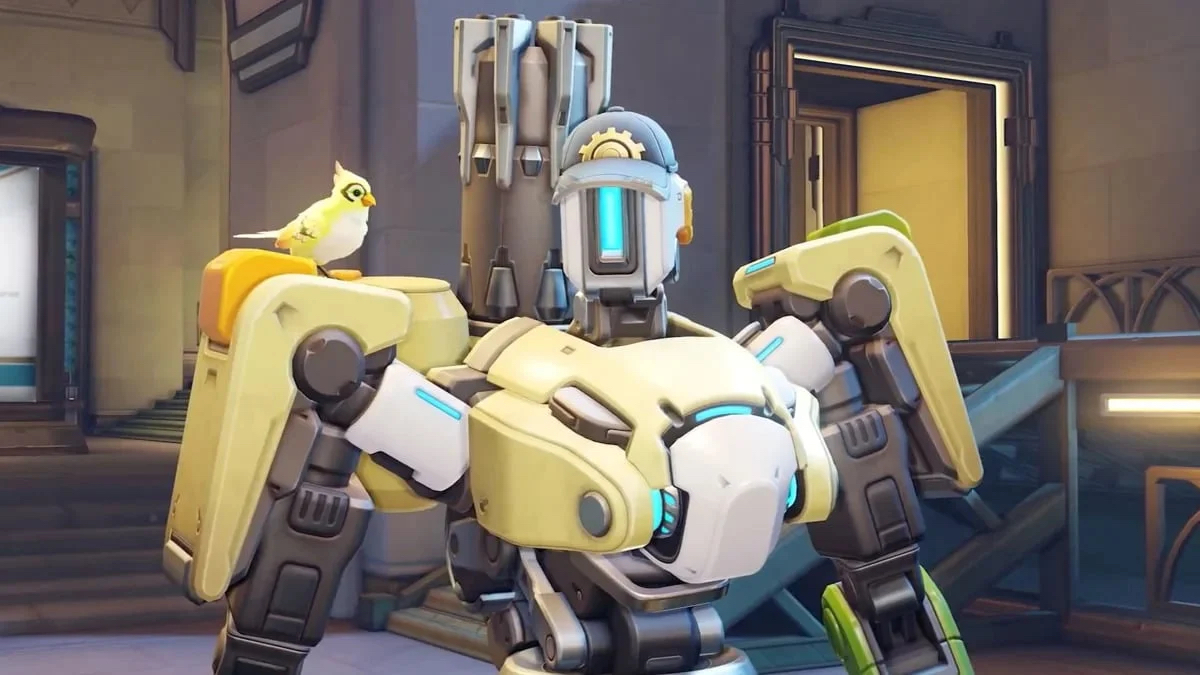
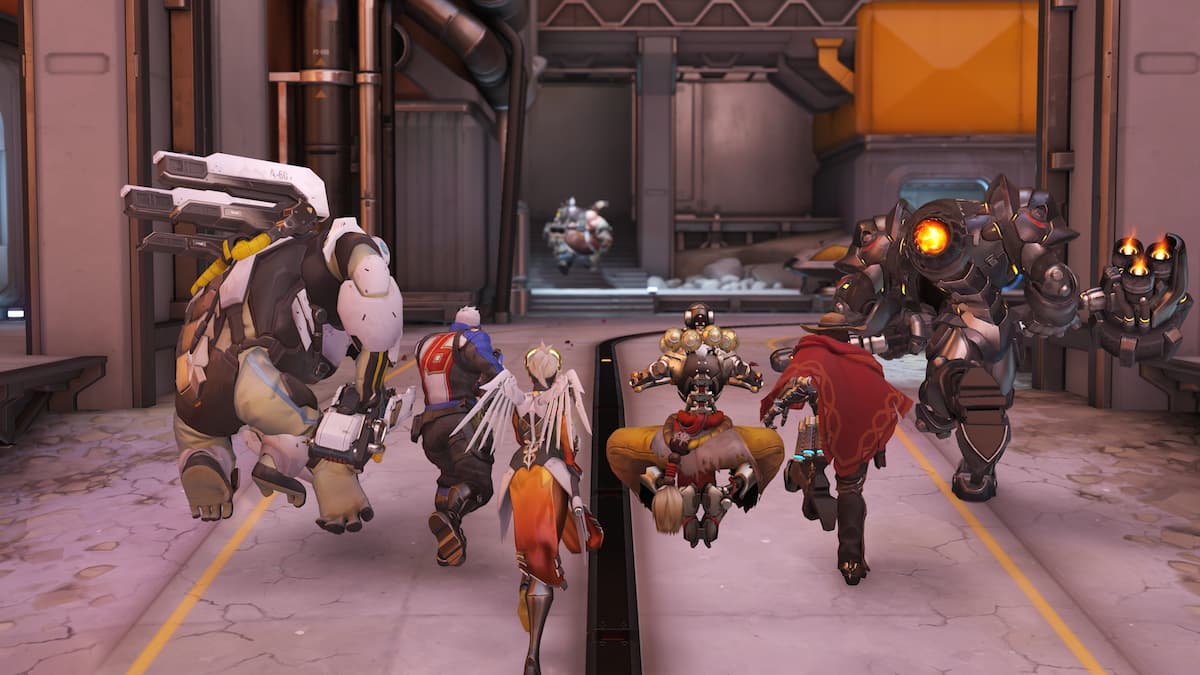
Published: May 21, 2021 08:33 am